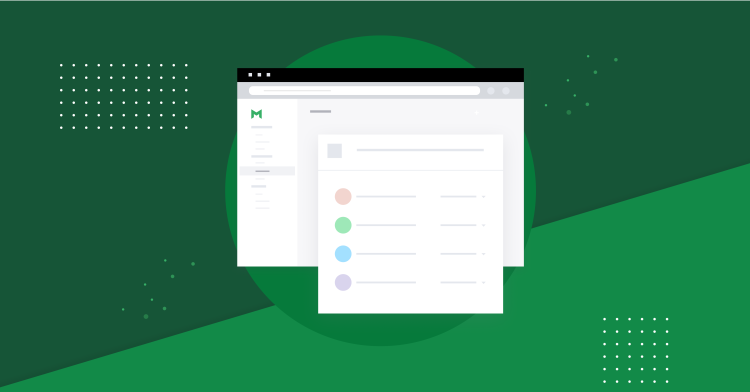
Our friends over at Amplitude have a unique approach to event tracking and analytics for mobile apps. Like some analytics tools out there, they offer event tracking and analytics dashboards with data science tools like behavior-based cohorting, funnels, and retention charts.
But what makes Amplitude special is that they embrace the notion that a dashboard can't always answer the complex questions bound to pop up. At some point in your company's data evolution, you'll need to explore raw data in ways completely unique to your business and in ways no out-of-the-box dashboard can predict.
Amplitude sparks this curiosity by providing its customers direct access to raw events data, warehoused in Amazon Redshift. They provide each customer with their own dedicated Redshift cluster, and have a data schema that dynamically adapts, adding tables and columns as customers send new event types and properties. They've also written a playbook of Redshift queries for scenarios in which customers might want to start working with raw data directly.
Amplitude + Mode
To enable this deep exploration, we're excited to announce that we now offer an Amplitude database connector. Here's a quick how-to for connecting your Amplitude data to Mode.
Once you have your Amplitude database connected, there's no limit to the explorations you can tackle using SQL. When I sat down with Amplitude's head of marketing Alicia Shiu to begin work on this partnership, I asked her when and where her customers start to dive into raw data. They've found that Amplitude customers are most interested in using their data to differentiate users who retain or convert, and those who don't. These differentiating factors then inform marketing and product decisions.
The Mode Playbook reports can be a great starting point for these types of advanced questions.
Take a team working on a food delivery app. With a few simple modifications, the User Paths report (shown below with sample data) could help determine what hungry customers do before and after finalizing an order.
Or for a team working on a chat app, it might be helpful to explore what differentiates engaged users from those who churn. For this exploration, there's the Metrics that Matter report (and its accompanying blog post).
Or an eCommerce site wanting to build super-specific funnels based on event attributes, there’s a simple funnel report that can be completely customized.
Getting Started
Each of these reports can be tailored to your Amplitude events data with just a few query modifications. From any report, click clone to copy the report into your workspace. Once in the query editor, simply switch the database, swap in your event names, and click run! If you need help, we're more than happy to get you pointed in the right direction.
Of course, not every ad hoc analysis needs a fancy visualization. Often, sharing a simple query can provide the answers needed to make a huge impact on your business. A great way to start learning the ins-and-outs of your events data is to run and share Amplitude’s pre-built queries using Mode.
Together, we’re excited to help you find insights hidden in your raw data. You can request more info about Amplitude in ademo, or dive right into Mode here.






